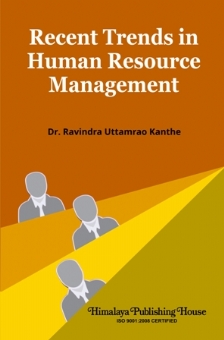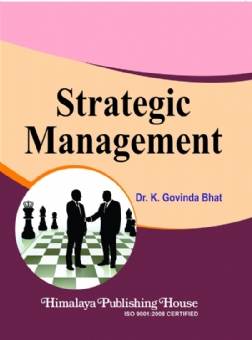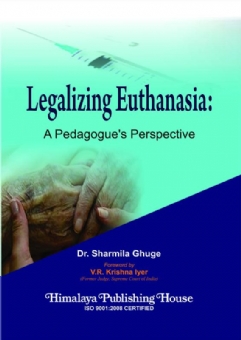The book entitled Recent Trends in Human Resource Management is the outcome of author’s research work undertaken for Ph.D. degree of Shivaji University, Kolhapur. The research work was carried out mainly to study the problems of Human Resources and industrial units for the prospects of Human Resources Management practices in a Miraj and Kupwad MIDC areas (Maharashtra State).
One major concern about considering people as assets or resources is that they will be commoditized and abused. Modern analysis emphasizes that human beings are not “liabilities”, but are creative and social beings in a productive company. Human Resource (HR) Management research has recognized an important connection between HR practices and firm-level financial and market outcomes, few studies have considered the important role of employees’ perceptions of HR practice. HR practices may play mediating roles in the HR practiceperformance relationship. This book is an attempt on the relationships between employees’ perceptions of high performance HR practice use in their job groups. Human Resource Management (HRM) is an integral part of management, which very effectively guides their competency and voting style. HRM plays an important role in revaluation employee’s industry relation. Branding plays an important role in today’s global business environment.
Therefore, this book covers different perspectives on Human Resource Management, its practices and policies of the HR department and its outlook to create positive environment for the HR practitioners. Human Resource Management refers to the practices and policies needed to carry out the personnel aspects of management. This book includes issues on: analyzing jobs; planning manpower, needs and recruiting competent people; selecting best people; appraising performance and potential on continuing basis; meeting people, training and developing people; managing compensation; communicating and building employee commitment.
Contents of this book include:
1. Introduction
2. Review of Literature and conceptual framework of Human Resources Management practices.
3. Problems and prospects of Human Resources Management practices in the industrial units of MIDC areas.
4. Modern techniques of Human Resources Management practices.
5. Recommendation and conclusion.
Contents –
1. Research Design
2. Review of Literature
3. Profile of Study Area
4. Conceptual Background and Importance of Human Resource Management
5. Data Analysis and Interpretation
6. Findings, Suggestions and Conclusions
Appendix: Questionnaire
Bibliography







